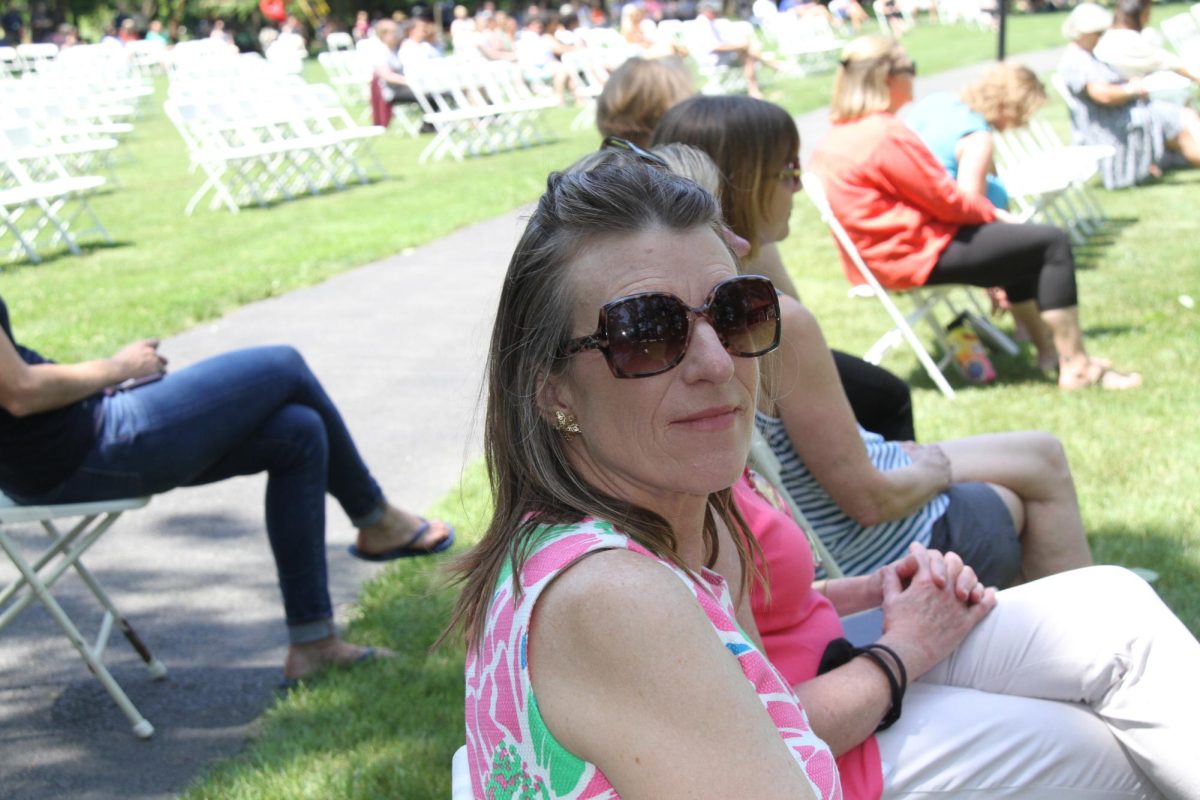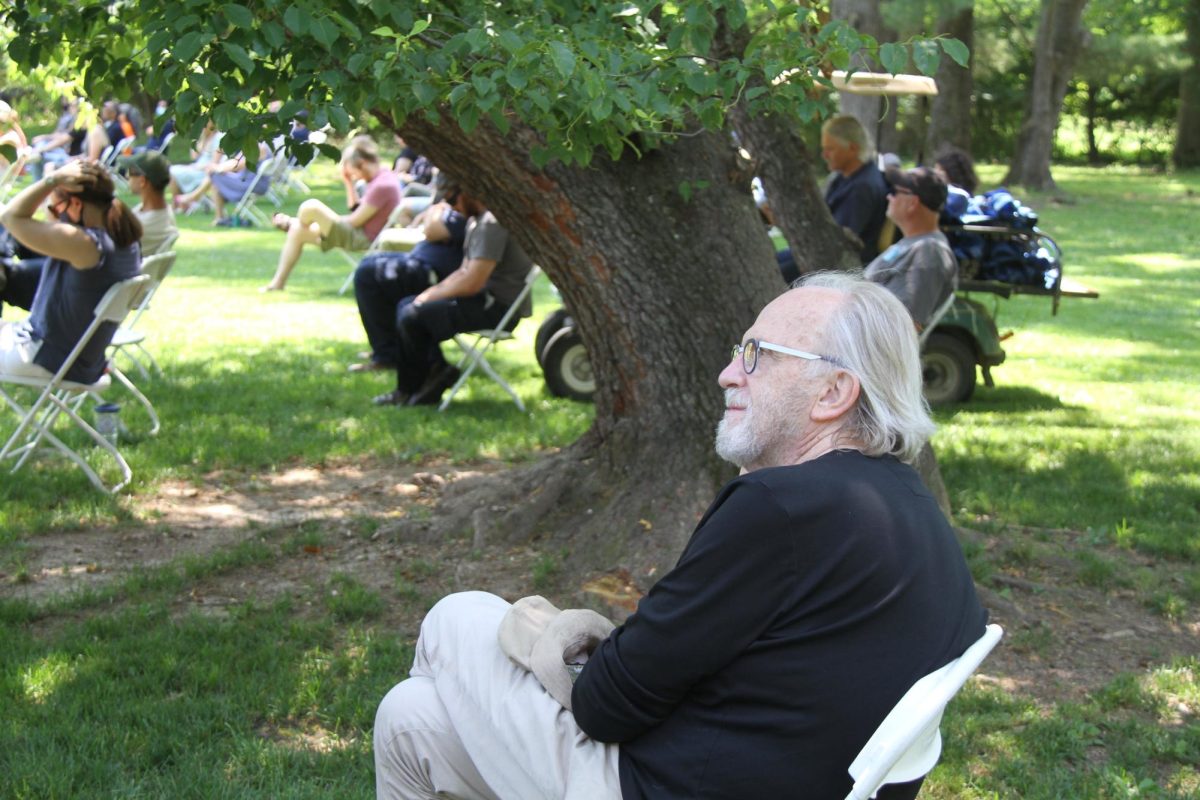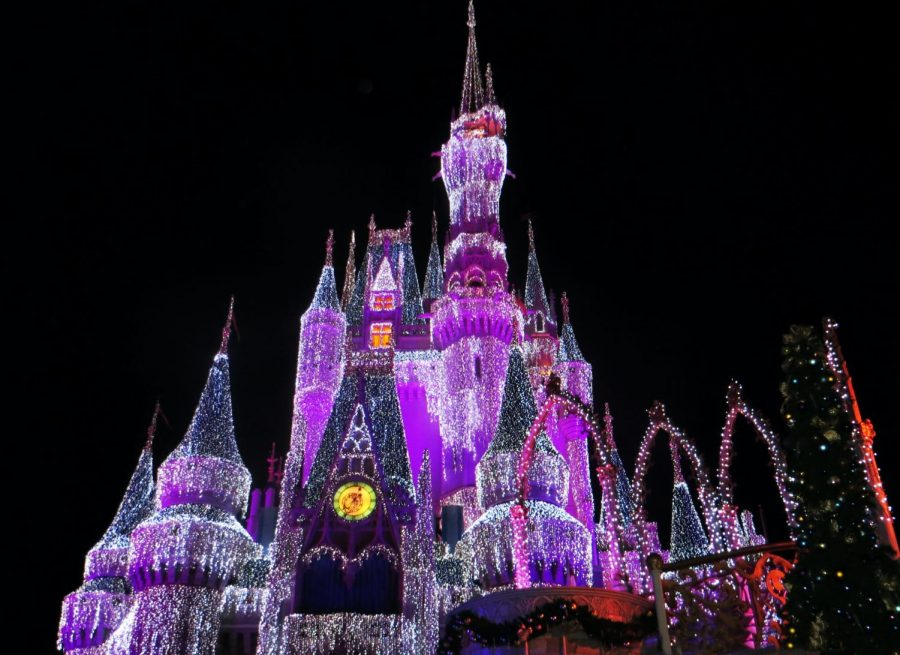Black History Month Celebrated Locally
February 27, 2017
As Dr. Martin Luther King Jr. expressed, ”We must learn to live together as brothers or perish together as fools.” February 1st marked the beginning of a culturally and socially significant moment: Black History Month. This time of year reflects the growing sense of black pride within the African-American community and celebrates the strides toward racial inclusion that have been embodied by America since the late 20th century. As Black History Month-themed TV shows and movies are released, such as The Color Purple (1985), 12 Years A Slave (2013), and Selma (2014), communities of all races across the nation gather to embrace the importance of this time of year. To commemorate the start of Black History Month, 25-year-old Jerel Allen-Jernigan of Muncie, Indiana’s Ball State University hosted the third annual community basketball game at Northside Middle School. The basketball game serves as an appropriate and exciting kickoff for the esteemed month ahead.
At the North Carolina State Museum of History, the North Carolina African American Heritage Commission will host the 16th Annual African-American Cultural Celebration, launching the nationwide Black History Month celebration into motion. Hundreds of people will gather to make crafts, listen to music, and watch performances that admire a freedman by the name of Thomas Day. Cultural celebrations around the US, such as this one, bring energy and excitement to this recognition of adversity from the past.
In Richmond, Virginia, the Virginia Museum of Fine Arts will present the work of the late Romare Bearden, a Charlotte-born artist who helped promote the civil rights of African Americans in the 1960s. In 2017, in addition to an interview with LeRoy Henderson, famed Richmond-born photographer, the museum will embrace the 27th National African-American Read In, a community event in which VMFA staff gather together to share African-American literature, seeking to highlight literature as a significant aspect of Black History Month.
Events at nearby Princeton University include annual movie nights and social events for their students, such as a talk with Dr. Steven Perry, the principal of Capital Preparatory Magnet School, an open mic night at Café Vivian on Princeton’s campus, and a Christian fellowship night at Frist Campus Center. These events are all thanks to the Carl A. Fields Center for Equality and Cultural Understanding in addition to the Black History Month Planning Committee.
Even right here, at Princeton Day School, the significance of black history is showcased. At the recent Freedom Riders assembly, the community gathered to watch students memorialize and personify pivotal figures in African American history. When asked about the significance of Black History Month, Upper School English teacher Mr. McKinley answered, “…[it is] somewhat of an acknowledgment of where we were as a nation once upon a time. Black History Month is reactionary…because there was a strong emphasis on…a white history, there needed to be created a black history so those contributions to the nation could be acknowledged.” He adds that there “continue to be major contributions by those who identify as black…the country is moving in the right direction toward honoring the[se] contributions.”
Even though the 28 days of February will fly by, Black History Month, honored and commemorated throughout our nation, is a time of year that lives in the hearts and spirits of American citizens year-round. Characterized by exciting sporting events and insightful discussions, what remains the consistent core of Black History Month is, not only its negative background, but also its optimism for present and future.





